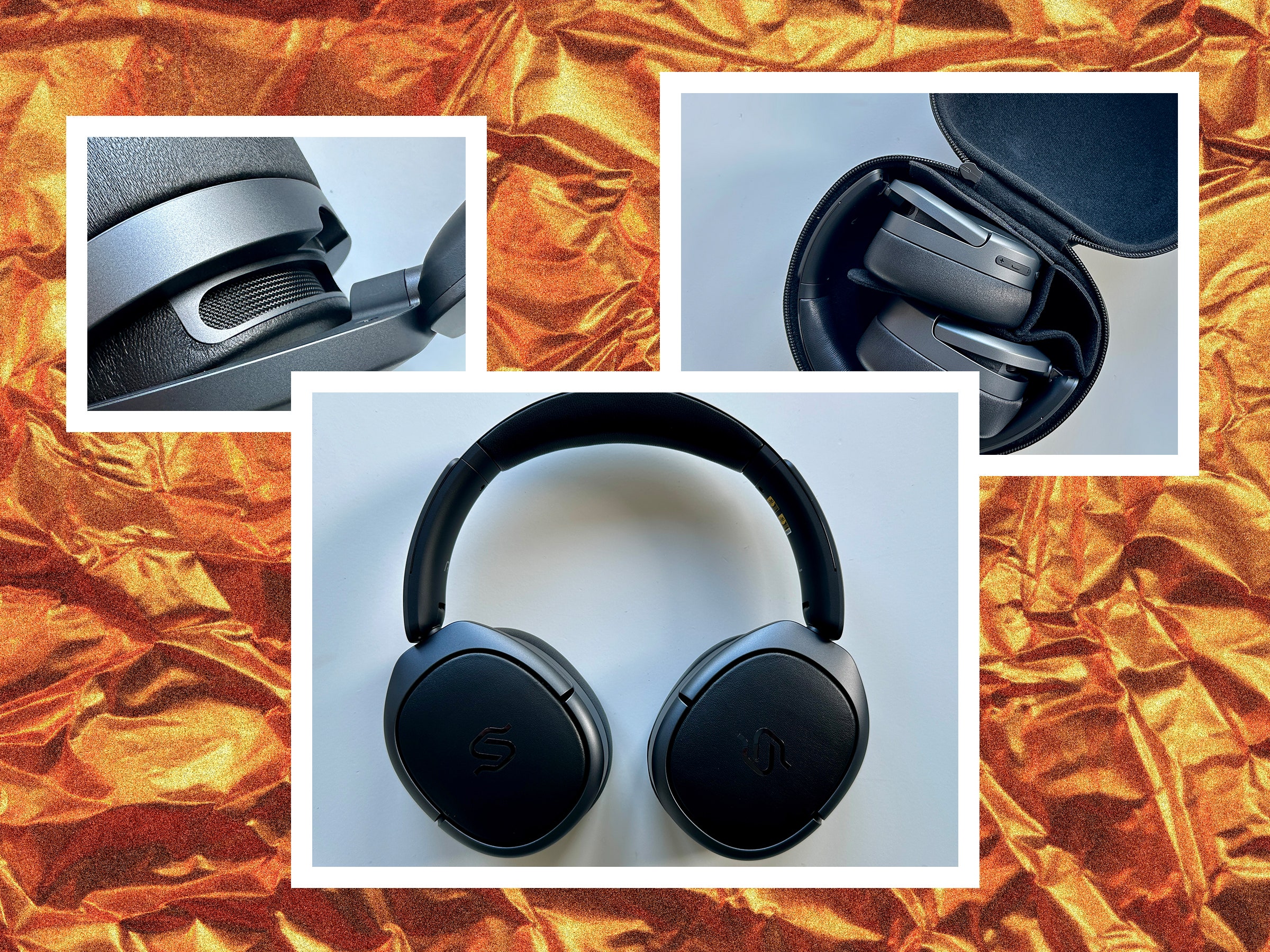Gamers looking to play modern titles in 2023 need to make a tough choice: console, or gaming PC?
This wasn’t always the case. Old-timers like me remember when every platform was its own niche with a library that, for the most part, was exclusive. Ports between consoles and the PC, when available, made big changes to both the gameplay and visuals.
That’s not true today. Many games are cross-platform, so gamers can pick the platform they prefer. Does it make more sense to invest in the reliability and ease-of-use of a console, or shell out the big bucks for the glorious graphics and deep game library available on a new gaming PC? Let’s break down the differences between consoles and gaming PCs to help you decide.
Table of contents
Ease of Use
Let’s get the most obvious point out of the way: a game console is much, much easier to use than a gaming PC.
Modern game consoles are a bit more complex than their predecessors, and users do need to know a bit about HDR, resolution, and refresh rate for the best experience. But PC gamers need to know all that, and more. Drivers, BIOS updates, hardware compatibility, software conflicts, Windows Updates...the list goes on.
A PC also requires more patience when installing and launching a game. Launching a game on Xbox, PlayStation 5, or Switch usually takes mere seconds. The Xbox Series X|S and PlayStation 5 even have “quick resume” features that let you pick up precisely where you left off without reloading the game (so long as you haven’t played another in the meantime).
This is an easy win for consoles. They provide the quickest, simplest path to launching and playing a game. Though some handheld gaming PCs do a decent job as well.
Winner: Console
Affordability

Affordability is another clear win for consoles. It’s possible to buy a gaming PC for the price of an Xbox Series X or PlayStation 5, but you’ll end up with an outdated graphics card that can’t handle games designed for modern game consoles.
Gamers that can’t quite afford the Xbox Series X or Playstation 5 will find fine alternatives in the Xbox Series S and Nintendo Switch. PCs sold at prices comparable to entry-level consoles, on the other hand, usually lack a graphics card. They’ll struggle even in games that are five years old, or older.
Affordable PC gaming is possible. Handheld gaming PCs like the Steam Deck and AMD Ryzen-based mini-PCs like the Beelink SER6 MAX are surprisingly capable for their size and price. Still, they’re best when playing indie games with 2D graphics or cross-platform titles from the Xbox One / PlayStation 4 era (or older)—and they’re certainly not comparable to a Xbox Series X|S or PlayStation 5.
Winner: Console
Overall Value

Game consoles are less expensive than a gaming PC, but that doesn’t mean they’re a better value. A console is built to handle specific tasks—gaming and media streaming. A PC is as much a tool as an entertainment device and can be used for everything from web browsing to video editing and software development.
That’s relevant. Many people who own a game console will also want a computer, so it’s not fair to compare the total cost of a gaming PC against the price of a game console. It’s more sensible to compare the extra cash you paid to purchase a gaming PC (instead of a more barebones computer) against the price of the game console.
PC gamers looking for a good mid-range, off-the-shelf desktop or gaming laptop with performance comparable to an Xbox Series X or PlayStation 5 will need to spend $1,500 to $2,000 (depending on whether you’re fine with an basic desktop from Dell or HP, or want something from a boutique like Origin PC or Digital Storm). DIY gamers can build a console-slaying desktop with an AMD Ryzen 5600X processor and Radeon RX 7800 XT graphics card for under $1,500.
That’s still a lot of money. But if you need a solid PC for other demanding tasks, you’ll need to budget around $1,000 to buy it, which makes the price difference between the PC and console less extreme.
And while new gaming PCs are expensive, many popular PC games aren’t demanding and don’t require expensive hardware. Games like Counter-Strike 2, DOTA 2, Team Fortress 2, Grand Theft Auto V, War Thunder, and Tom Clancy’s Rainbow Six Siege regularly top Steam’s charts. All of these games are playable even on PCs with an ancient video card like the Nvidia GTX 1060 or AMD Radeon RX 570.
Winner: Tie
Game Library Differences

The game library available to modern game consoles is remarkable. Most games are now cross-platform, so the PlayStation 5, Xbox Series X|S, and Nintendo Switch share many titles. The PlayStation 5 and Xbox Series X|S are backwards-compatible with many previous-gen titles, too, which boosts the game library of each console into the thousands.
Compared to a gaming PC, however, those numbers look absolutely adorable.
The game library available to a modern gaming PC is a mystery, because there’s too many to count. An estimate of over 100,000 titles is safe: over 12,000 games were released to Steam in 2022 alone. A PC can also emulate the game library of most older titles and, in some cases, even modern games—a PC is arguably the best way to enjoy The Legend of Zelda: Tears of the Kingdom, if you can get it working (and buy a copy of the game, as emulating the game without buying it is piracy).
A PC is the way to go if you want access to the largest game library on the face of the planet.
Winner: PC
Peripherals

PCs take a similar win in peripherals. From keyboards to flight sticks, mice to VR headsets, there’s no shortage of choice in peripherals—and those peripherals can enhance your experience in ways that are difficult or impossible to obtain with a console.
Simulation games are an excellent example. The Xbox Series X|S and PlayStation 5 have access to some solid racing wheels, like the Thrustmaster T300 RS GT and Logitech G923, but PC gamers have more choice. Fans of other genres, like flight simulators, will find many flight sticks and yokes don’t work on consoles.
And then there’s the most glorious of PC peripherals: the keyboard. Keyboard customization is its own nerdy subculture packed with fans eager to fuss over the details of mechanical key switches, key caps, and keyboard size. Modern games support keyboard input, but it’s not an option in most games
Importantly, the PC’s advantage is retained in the console’s home turf: gamepads. While a few console-exclusive gamepads exist, most offer official PC controller compatibility. This includes the official Xbox Series X|S and PlayStation 4/5 controllers, as well as the Nintendo Switch Pro controller.
Winner: PC
Performance and Visuals
In June of 2019 I found a chair in Los Angeles' Peacock Theater and let Microsoft’s Xbox press conference wash over me. It was an exciting year, as hype was brewing for Sony and Microsoft’s respective next-gen consoles. And that hype included a now long-forgotten promise: 8K resolution at up to 120 frames per second.
It wasn’t exactly a lie: the PlayStation 5 and Xbox Series X can technically output a 8K signal, and also output 120 frames per second. But it was marketing bullshit. The most graphically demanding games are lucky to upscale to 4K at a framerate of 60 FPS, with many titles including a 30 FPS “graphics” or “visuals” mode.
PC gaming is a different world. 60 FPS is considered the bare minimum for an optimal experience, and a framerate of 120 FPS or greater is preferable. 8K gaming isn’t really a thing even on the PC (though technically possible, I suppose, if you have a rare 8K television), but a native resolution beyond at and beyond 4K is possible. The Samsung Neo G9 57-inch super-ultrawide, which supports a native resolution of 7,680 x 2,160, is arguably the most extreme gaming display available right now—and gaming at its native resolution is only possible on a PC.
Console titles also tend to use a lower quality preset than what’s available on PC. The details vary from game to game, with some better optimized than others. Generally speaking, however, most games available on the PlayStation 5 or Xbox Series X|S have visuals similar to the “Medium” or “High” preset in the PC release.
Ray-tracing is another win for the PC. The PlayStation 5 and Xbox Series X|S can handle ray-tracing (a feature heavily marketed in the run-up to their release), but game support is underwhelming. Even some big “next-gen” exclusives, like Starfield, fail to include it. Cross-platform titles that support ray-tracing, like Cyberpunk 2077, usually stick to a level of quality that’s a notch or two below the maximum available on PC.
It’s not all good news for the PC. Nvidia’s habit of stiffing gamers on video memory is catching up to cards with less than 16GB of video memory—the amount supported by the PlayStation 5 and Xbox Series X. Optimization problems can also cause problems in some PC ports. And, of course, achieving the best possible PC gaming experience can prove extremely expensive.
Still, the fact remains that PC gaming beats console gaming on both performance (as measured by framerate) and visual quality. This gap will only increase in the coming years as the current console generation ages relative to new PC graphics cards.
Winner: PC
Console vs. Gaming PC Verdict: PC Wins the Crown

A PlayStation 5 or Xbox Series X can deliver an enjoyable and visually stunning gaming experience for just $500, and without the fuss and bugs PC gamers suffer from. PC gamers must deal with software bugs, poorly optimized ports, and driver problems that console gamers get to ignore. And while PC gaming isn’t a bad value, the upfront cost is much, much higher.
But the PC strikes back with a larger game library, a larger selection of peripherals, better visuals and a higher performance ceiling. A well-equipped PC can play hundreds of thousands of titles, many of which will easily run at 4K resolution and a framerate of 60 FPS (or more). PC gamers can even customize their experience with peripherals that aren’t available to console players.
Game consoles are excellent for the price, but a gaming PC is the way to go if you want the best experience in the widest library of games.
Matthew S. Smith is a hardware and tech freelance writer with more than 15 years of industry experience.





